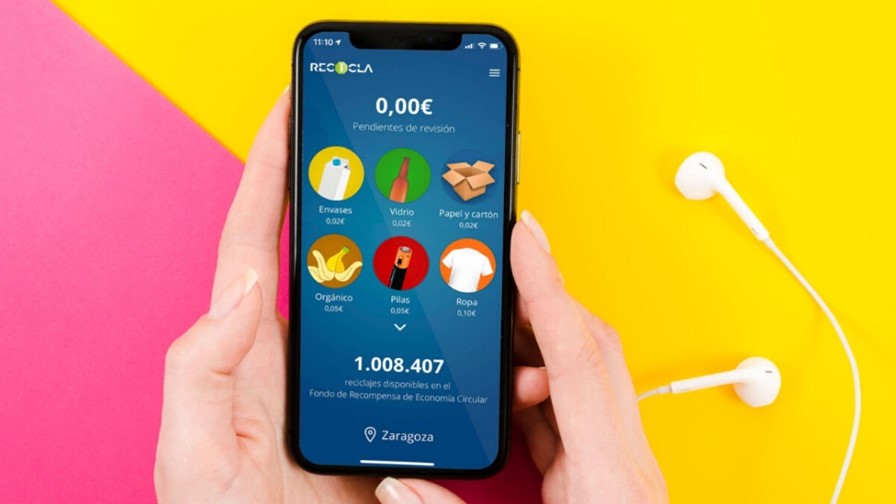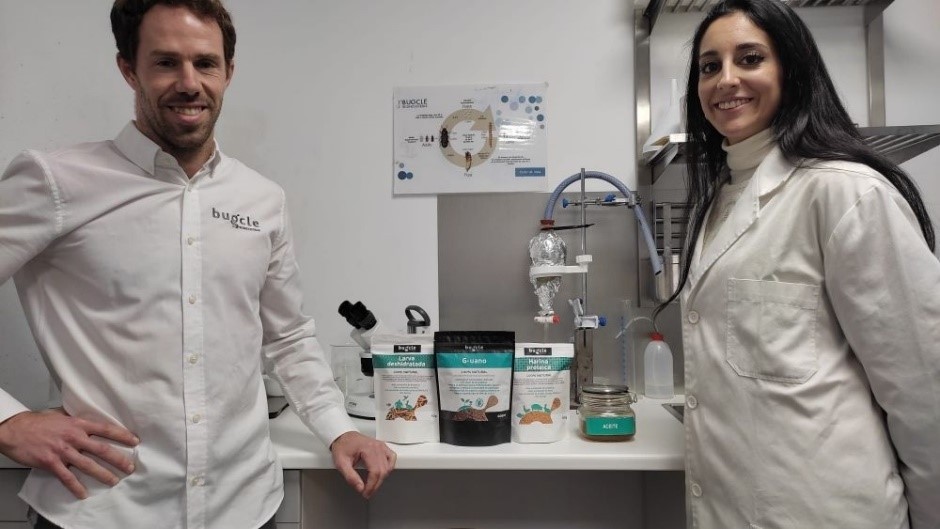A digital platform to achieve green sustainability goals: Recicla y suma

Digital platforms are needed to develop strategies and projects to achieve the Sustainable Development Goals (SDGs) of the United Nations 2030 Agenda. Financing platforms therefore becomes important because they align international and domestic resources to support development activities and finance a sustainable future.
One of the several platforms is Platasumo, by Recicla y suma. It is a marketplace-type platform where customers make online purchases, resulting in a percentage of savings being spent on pension funds (hence the name Platasumo). Therefore, the platform helps achieve green sustainability goals by promoting:
- Recycling incentive system.
- Participating in the development of citizen solutions for the circular economy.
Sustainable actions and behaviors of citizens are sponsored by companies. These actions are measured through the application and help to increase the balance in Platasumo. For example: riding a bike, recycling, driving responsibly and even reading.
The infinite potential of insects for food and fertilization already manufactured in Huesca: BugCle
Javier Luis’ company, CEEIARAGON company, already produces flours and oils to improve soil macrobiota and pet nutrition.
In recent years, research and development have deepened the potential insect sector, and industrial production, with its licenses and patents, will turn this sector, around insects, into an activity with a great impulse. Until now, little was known about insects other than for fishing bait or food for exotic animals such as birds. The lack of vegetable protein from legumes such as soybeans is opening more doors, and Europe is approving and legislating this route. The European Commission has approved the use of Tenebrio molitor protein for the formulation of feed for pigs, poultry, aquaculture and pets. For the livestock processing industry, this is a relief because it can lower production costs.
This is how Bugcle was born, whose mission is defined as follows: “We strive to change the way we produce food and raw materials that help the health and welfare of our society and ecosystems, betting on competitive products and innovation in the circular industry around insects”. They have achieved this through their belief in a change of agri-food production in which ecology is compatible with industrial production through the incorporation of the insect as a critical link in the food chain.

Knowledge is at the core of Bugcle’s entire approach. In Huesca, they are investigating automation and industrialization with insect reproduction control. If it is improved and its fattening is faster, its efficiency will have all the guarantees. To give us an idea, Javier Luis explains that the insect meal has a protein power of 70% compared to the 30-40 per hundred grams of soybean. It is the same with the oil and its high content of unsaturated fats, which makes it suitable for animal feed and pharmaceuticals. “For feed producers the inclusion of quality macro and micronutrients in their feed formulations with the use of our meal and oil.
Step by step, contemplating all the variables, in addition to the research, there is already an incipient production of thirty kilos of flour and another 15 kilos of fertilizer per month. But there is a new perspective for Bugcle. In 2023, it will be installed in CEEIARAGON, with three objectives for the next two years: the exploitation producing live larvae up to half a ton to lower costs, a line of transformation into flour and oil, and automation, for which the three hundred square meters help and will in turn favor production. “The idea is to make the leap to an industrial plant in three years”, to manufacture between two and five tons. In Europe, there are already large companies that manufacture up to 50 tons, such as the French company Ynsect, concentrating more on insect fattening, while Bugcle focuses on reproduction control and industrial scalability, to make fattening less costly and avoid errors. A path in which the robotics muscle will be fundamental.
Javier Luis will enter investment rounds precisely to make the processes more scalable, to look for an industrial plant in the area around Huesca. There are investment funds interested in this sector because of its future. The annual growth in Europe reaches 30 % of production and it is expected that in 2029 it will have a turnover of 800 million.
“We are now at a stage where prototypes and viable products for commercialization have been developed. We plan the jump to the pre-industrial phase with the acquisition of industrial machinery in line to improve our processes, relying on the CRECE services of CEEIARAGON, which is being a key support point in the search for funding for our industrial scaling and the support of the Government of Aragon which is committed by the prospect that this sector is promising.”